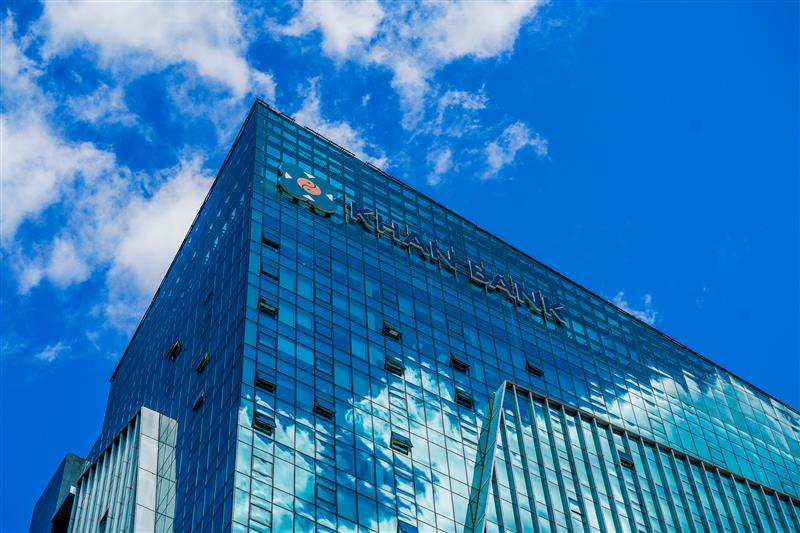The traditional perception of financial markets is that stocks are risky assets with the potential to deliver excessive returns, whereas bonds deliver lower returns but provide the investor with a degree of portfolio protection. However, in a zero interest rate environment where yields and spreads have almost no room for further contraction, bonds have lost at least some of their defensive qualities.
When the US Federal Reserve reacted to the coronavirus pandemic by lowering interest rates to near-zero levels, 10-year US Treasury yields fell sharply and have remained in the 0.5%-0.75% range since April. In other words, an investor who bought and held a 10-year US Treasury till maturity could expect an absolute yield of no more than 7% for the entire holding period – a return that looks pretty feeble when compared to common daily price swings in equity markets.
Of course, it would be ridiculous to argue that bonds have no value any more. Indeed, there are some bond market segments that still provide for adequate risk/reward – for instance, selected emerging market sectors, including Russian financials or Turkish telecoms. But the asset class as a whole has become significantly less appealing than it was before the March repricing.
Let’s leave aside the reward consideration and discuss the risk aspect of bonds and equities. What could lead to a full-scale market correction in the coming quarters? Apparently, there are two probable scenarios:
• a longer-than-expected pandemic and hence longer-than-expected earnings per share (EPS) recovery, which might hurt equity prices; and
• inflation resulting from massive money-printing in developed economies.
So, what would happen if one or both of these scenarios came to pass?
A delay in finding a Covid vaccine is unlikely to result in lower bond yields. On the contrary, it will lead to even more extended valuations of stay-at-home stocks such as Zoom, Nvidia, ServiceNow and Twilio. We have already seen this in recent weeks, with the second Covid wave not producing any meaningful decline in bond yields.
The markets acknowledge that the 2020 EPS battle is already lost, and things can hardly get worse, but the light at the end of the tunnel – a vaccine – is becoming brighter every day, which poses significant risks to bond yields.
Inflation is another huge area of concern for fixed income. Despite the Fed explicitly saying it will not react to any local consumer price index spikes and will wait until inflation surpasses the 2% target for a longer time period, these spikes may result in severe market moves like the one we observed in the eurozone in early 2015.
One can argue that inflationary pressure will adversely affect the stock market as well, and this is true to some extent as investors will discount the future cash flows at a higher interest rate. But if the inflation stems from the pick-up of global demand, investors will also reconsider future cash flows to the upside, which will help offset the potential negative influence of higher interest rates (especially given the Fed’s commitment to keep the rates low for a long time). In our opinion, any inflation-related correction should be used to add equities rather than bonds, unless bond yields increase by at least 100-150 bps from current levels.
All in all, major fixed income market segments look expensive now and the prevailing yields are not high enough to compensate for potential risks and losses. The defensive properties of bonds, which used to provide positive returns during periods of market turbulence, are now subdued because of tight spreads and close-to-zero base rates. However, the equity risk premium is around 4% for S&P 500, compared to the near-zero (or even negative) premia observed during the dotcom crisis.
The significant global efforts to develop and deploy a coronavirus vaccine as soon as possible should help bring economies back on track, which may result in two major flows. Firstly, investors may switch from the stay-at-home stocks to ‘traditional’ sectors that suffered though March-October. We call this the Great Rotation 2.0. Secondly, investors may cut holdings in defensive assets because of extremely low absolute yield levels, negative real yields and significant equity risk premia. Both consequences are not at all favourable for bonds.
For those who still want to keep fixed-income exposure in their portfolios, we think it is much more reasonable to focus on high dividend stocks, including those in the telecom sector. Alternatively, it’s worth looking at selected emerging market bonds (albeit only those with solid stand-alone credit profiles), which unlike developed market bonds still provide a 300-400 bps spread cushion over the US Treasury.
Equity markets are not for everyone. But as we approach the end of a tumultuous year, stocks investment is at the very least worthy of closer consideration.





